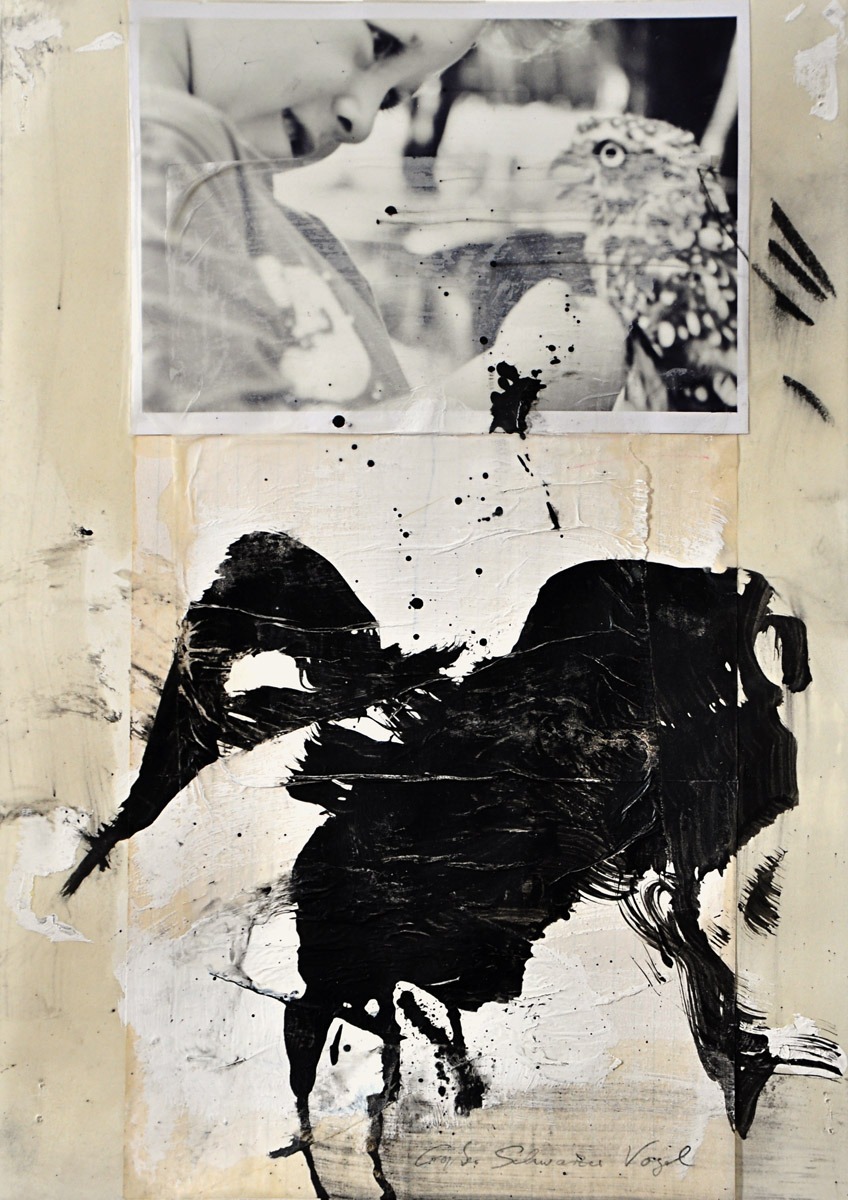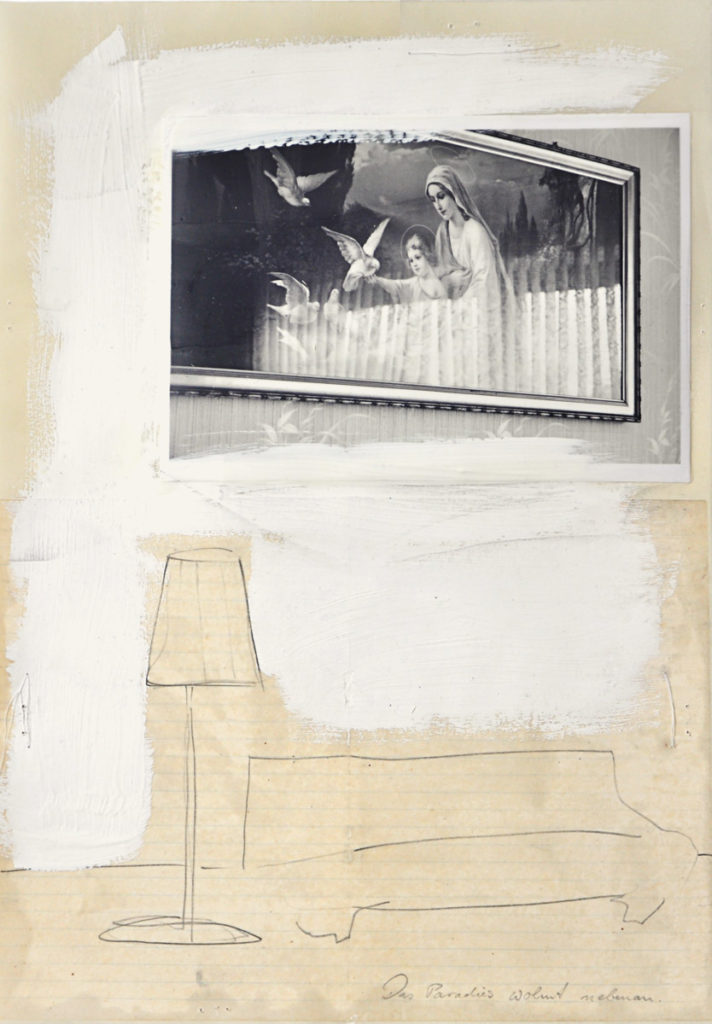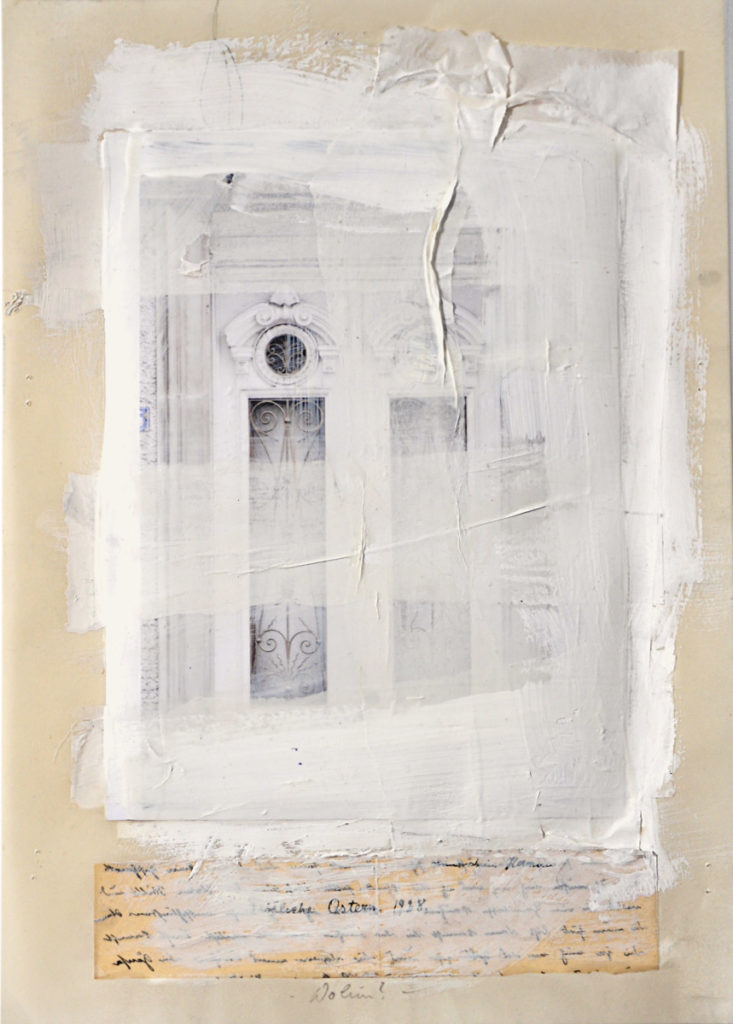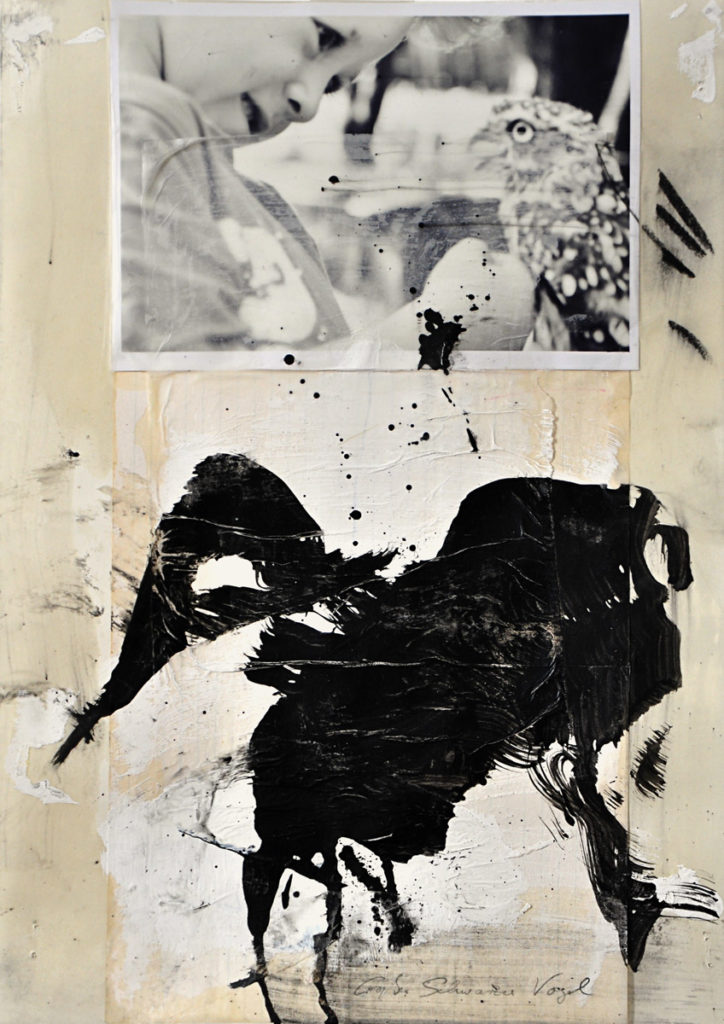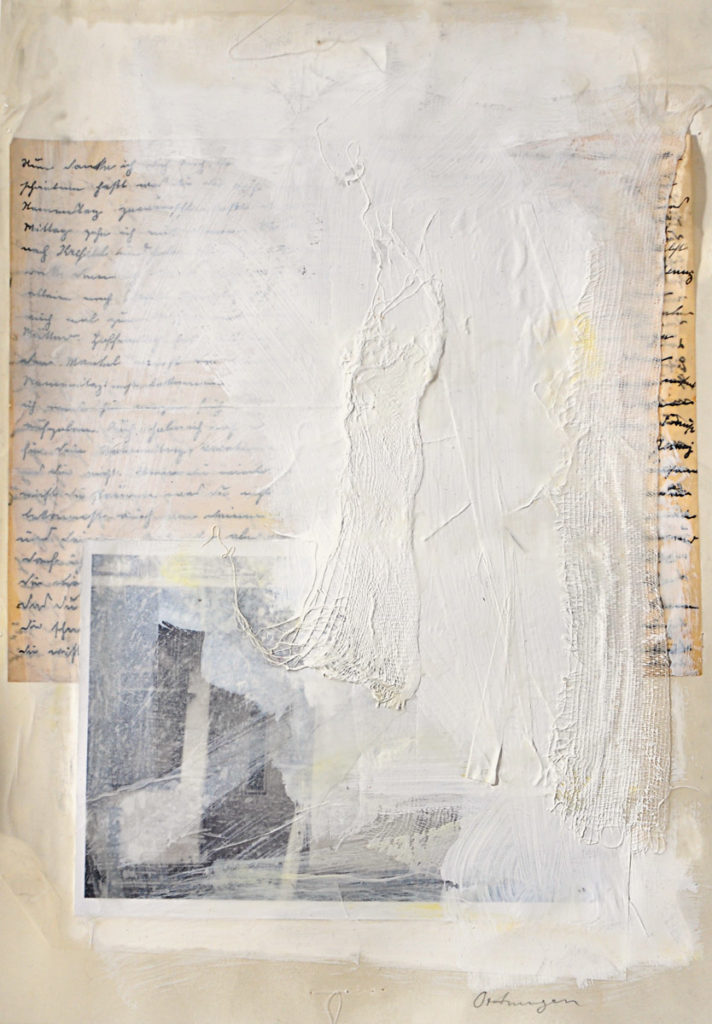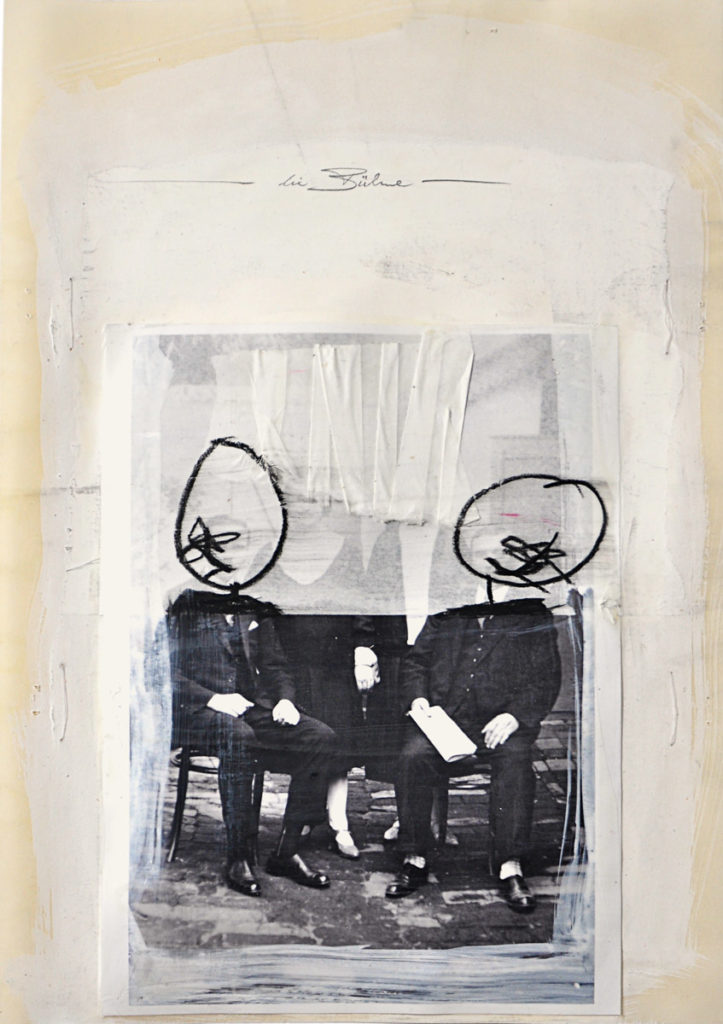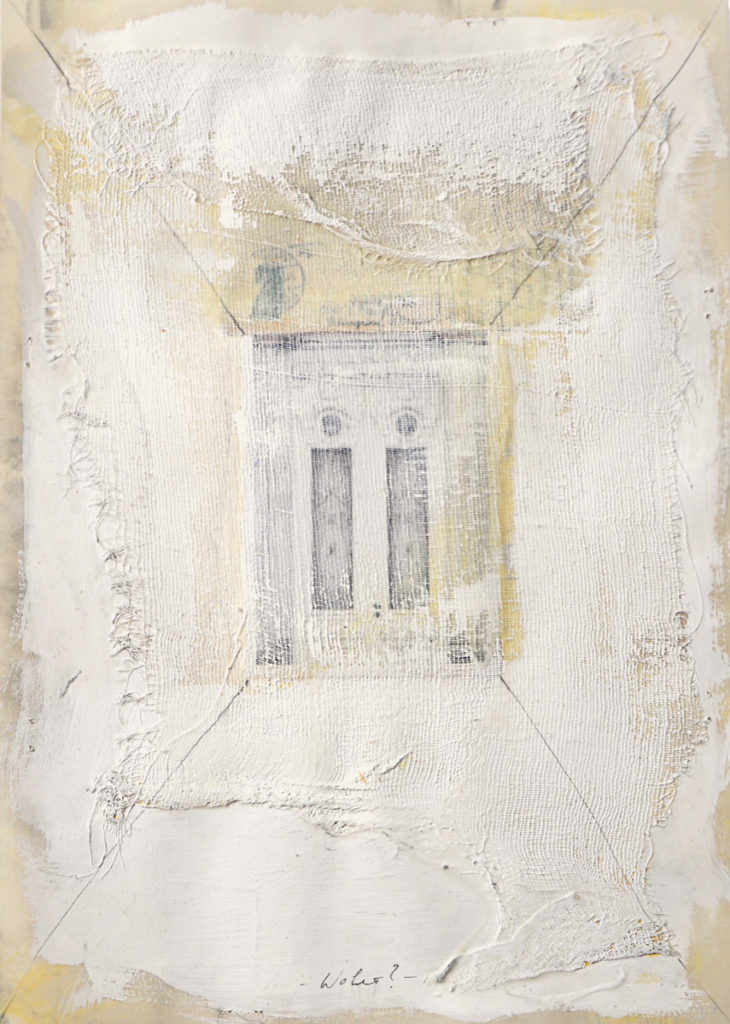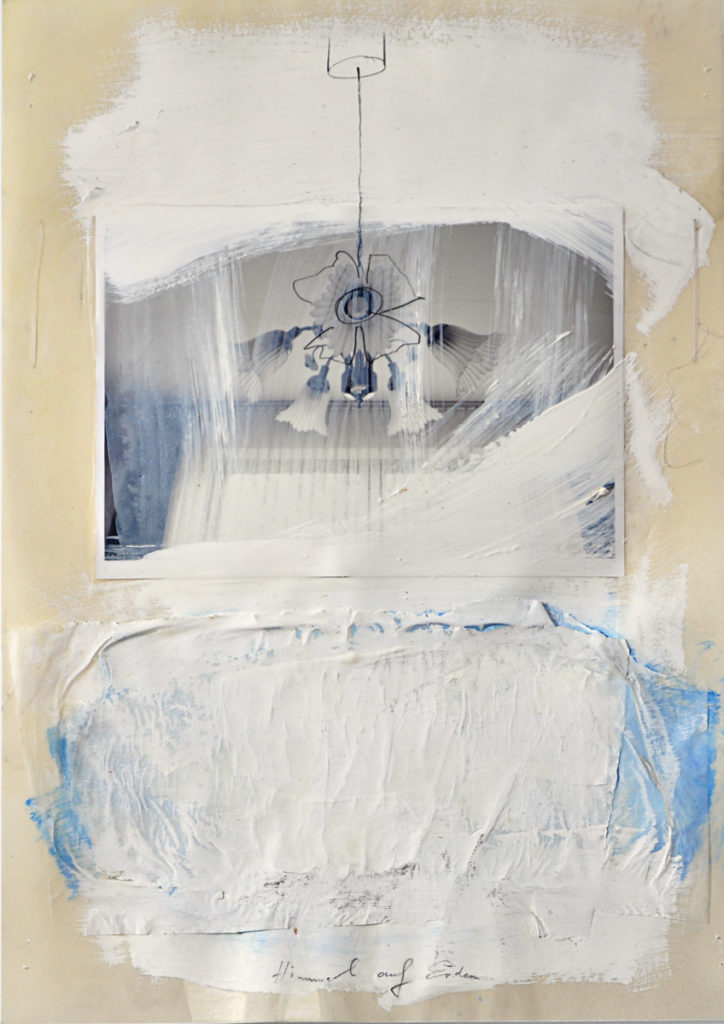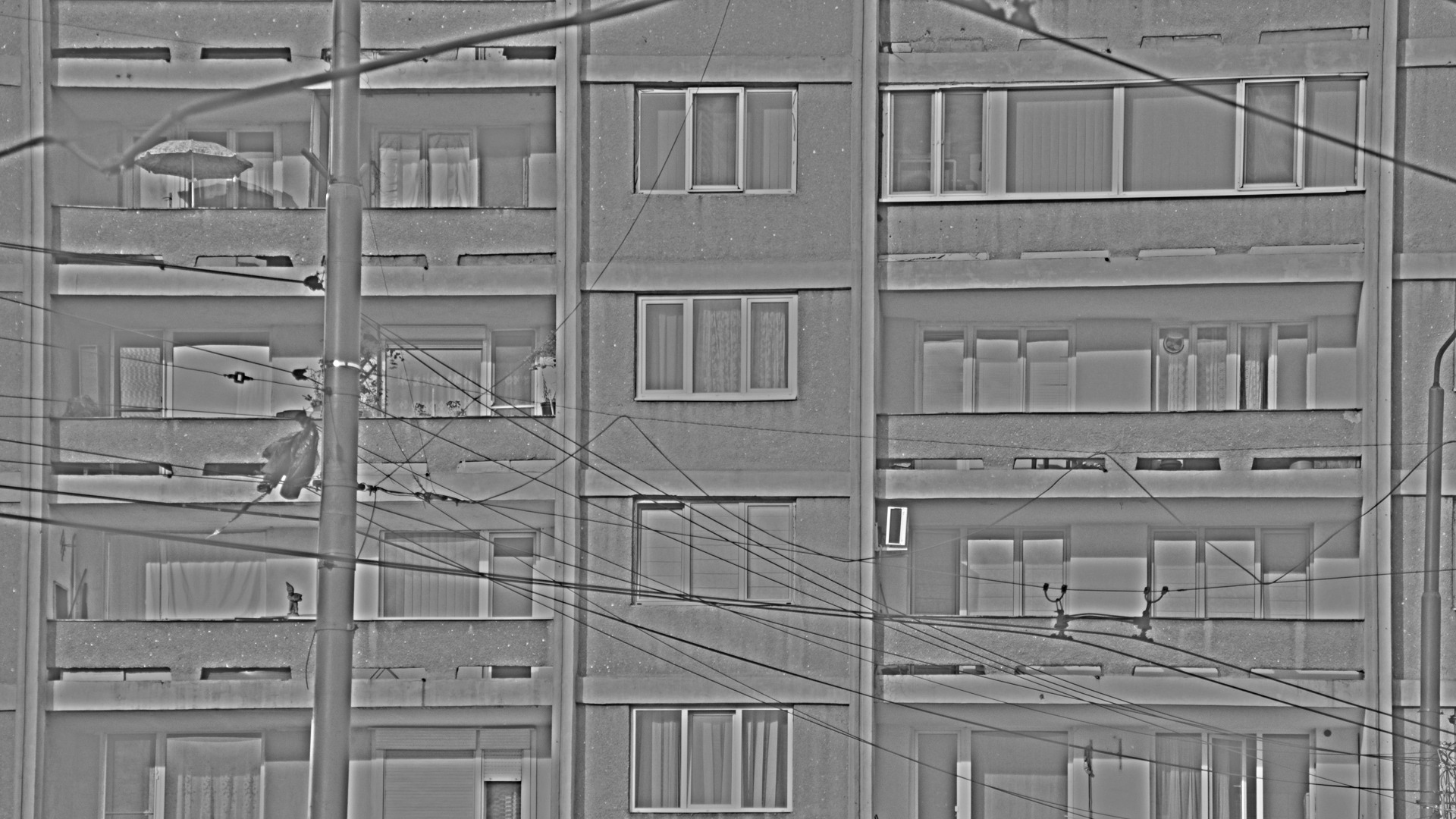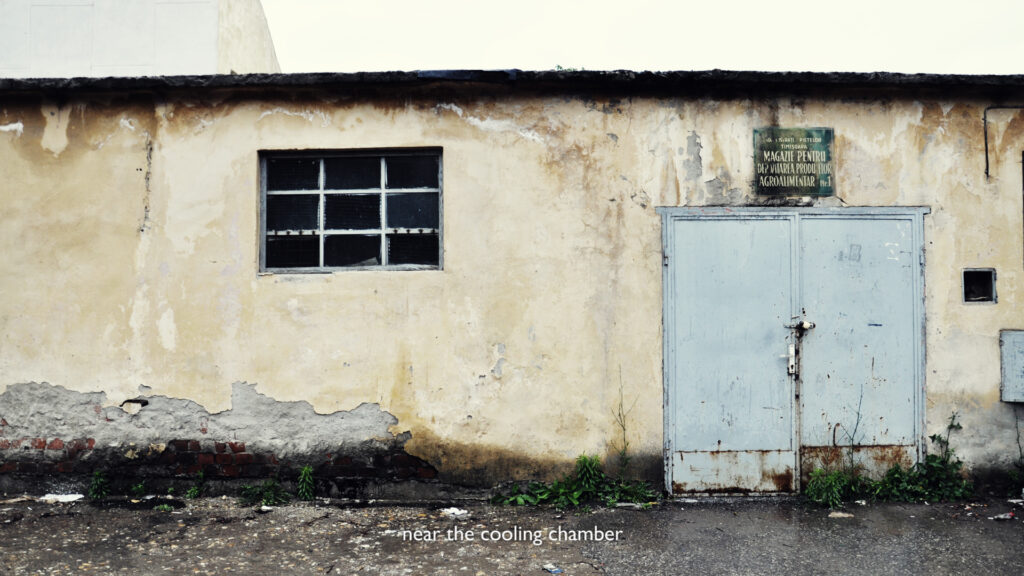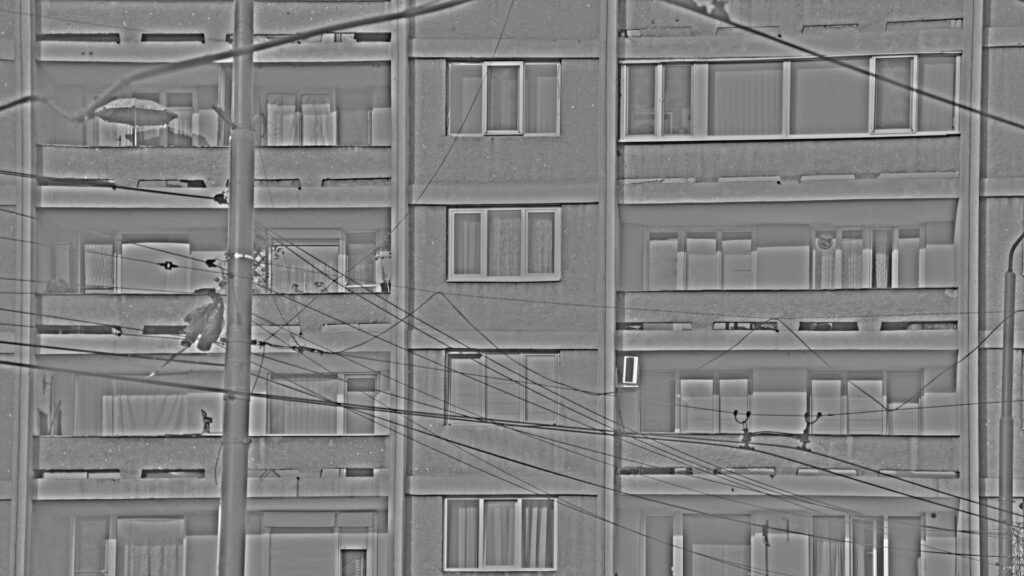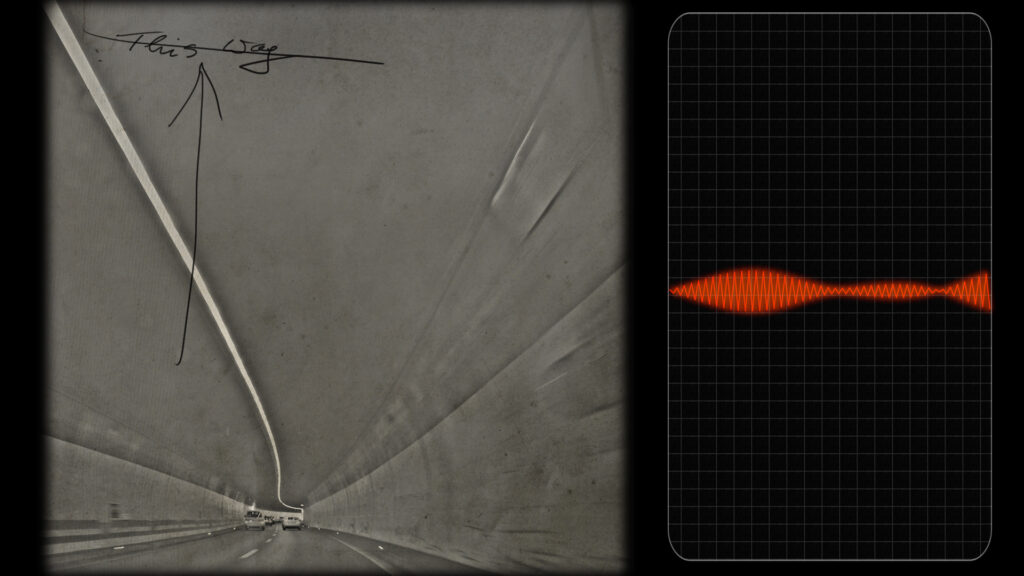
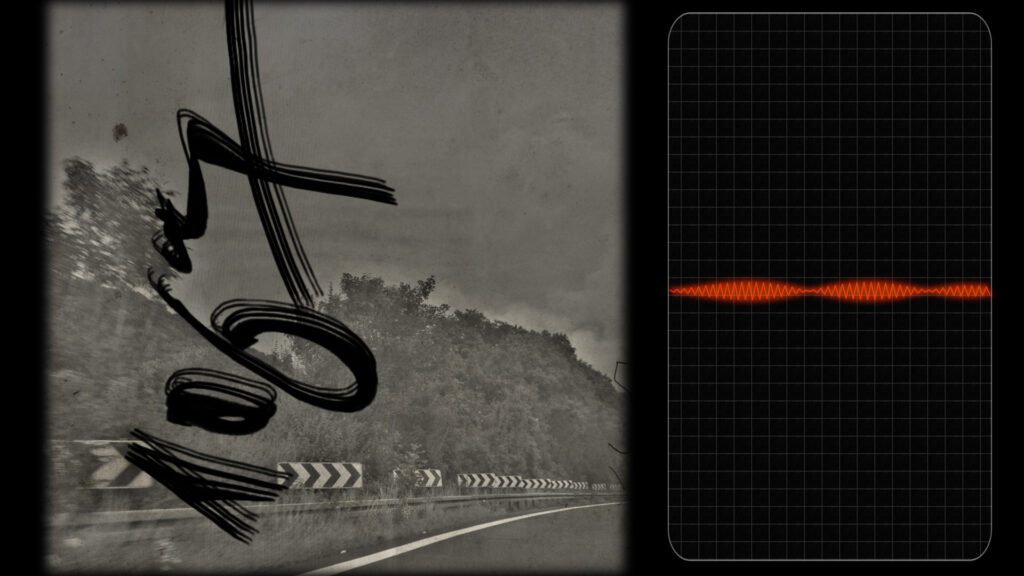
Besides the biblical paradise, there are many “paradises” such as childhood or home, which are located more in time than in space. The only way to return to these paradises is to remember. However, the process of remembering is exposed to different disorders. This process is comparable to looking for the right radio station that is disrupted by superimposed frequencies or static noises. Likewise, we do not always have access to our memory due to our current physical or mental state. What remains is a vague image that requires a great deal of interpretation.


